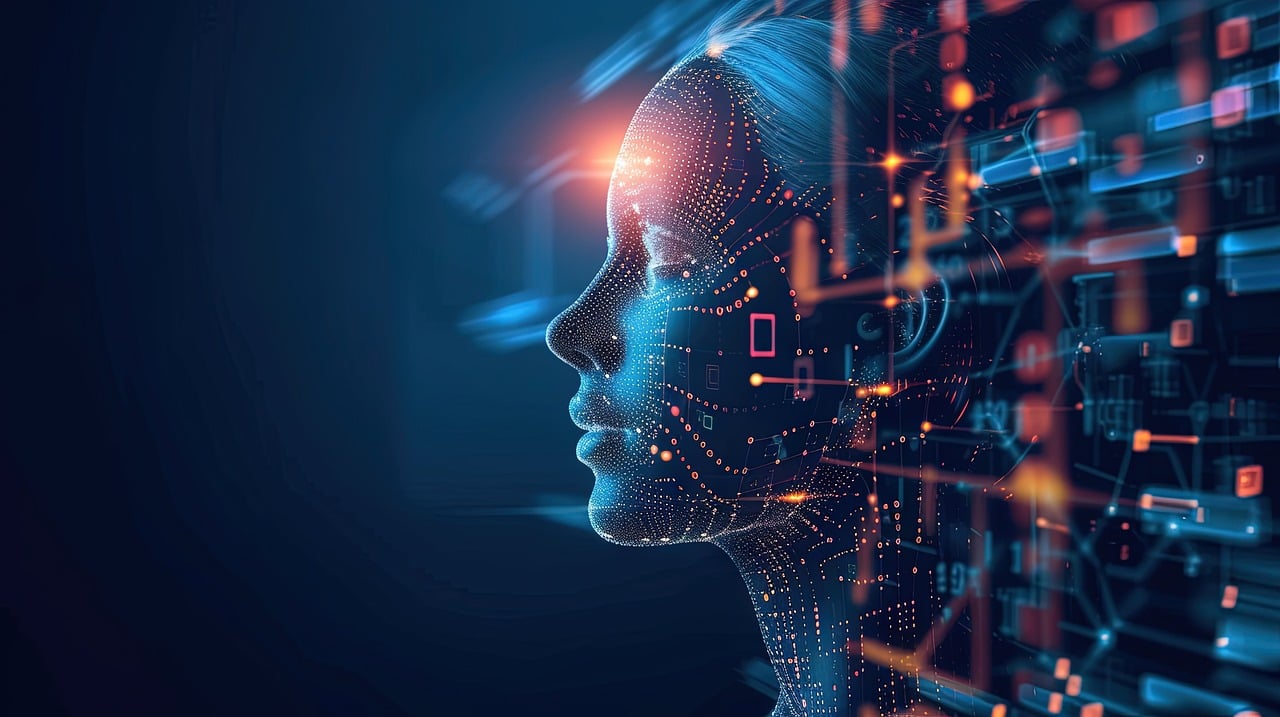A new wave of debates about the impact of AI on the job market and the ability of viewers to distinguish between illusion and reality was sparked by the August issue of the American fashion magazine Vogue. For the first time in its history, the magazine portrayed a creation of computer imagination as a model. She posed for a page with an advertisement for the Guess brand, and although it was not editorial content and the small caption revealed the synthetic origin of the image, the inclusion of the advert also provoked some critical reactions not only within the modelling industry. Let alone with them," model Sarah Murray complained to TechCrunch. But Vogue's defense is that the ad met all advertising standards. In addition, Vogue' s Portuguese and Italian editions have experimented with synthetic models in recent years. But in 2025, the possibilities of generative language models are so advanced that some voices in the digital industry say they may bring about changes in more than just the business paradigm.
"Either Guess has done this to stir debate and get free publicity, or they want to slash costs and haven't thought through all the possible implications," so-called plus-size model Felicity Hayward told the BBC. She fears that the use of virtual and flawless-looking women will lead to more frequent neglect of those models who embody a minority ideal of beauty: not just by their weight, for example, but also by their transsexual orientation or by wearing the hijab.
AI and weeks of work
But Andreea Petrescu, co-founder of Seraphinne Vallora, the agency that created the controversial Guess ad, disagrees. "We are not creating any unattainable beauty ideal, the model created by AI for Guess actually looks quite realistic. But ultimately all ads are created to look perfect and usually feature supermodels. We don't do anything fundamentally different," she told the BBC.
The other of Seraphinne Vallora's founders, Valentina Gonzalez, also disputes the notion of AI's ability to magically slash the cost of creating advertising content. According to her, generating images using this technology is a highly complex process. Specifically, her company employs five people just to generate virtual models, and she says it can take a month to create a complete visual from idea to final form, even using AI.
But according to other industry experts, the business benefits of the technology are unquestionable. This is evidenced not only by its use by other brands such as H&M, Mango and Calvin Klein, but also by the voices of experts from the media and marketing industry.
Controversy sells
PJ Pereira, founder of Silverside AI, tells TechCrunch that AI offers the key to truly massive scaling. According to him, the advent of social media and e-commerce has fundamentally increased the demand from brands for the amount of promotional material delivered, which can be anywhere between the numbers of 400 and 400,000 individual pieces of content. "You can't get to such high numbers simply by tweaking your processes. You need a whole new system," says Pereira. So, in his experience, while AI can take away some human models' livelihoods, it will still leave the creators of synthetic models with a profit. Despite the often conflicting reactions of audiences to completely computer-generated content. Pereira illustrates this with the example of his Silverside AI, having recently tested an AI-created video on TikTok. It reached a million views while earning a large number of negative comments. "But when you strip those away, you find that the click-through rate was 30 times the number of complaints," the entrepreneur adds. But the American version of Vogue may serve as a different case study altogether. It may have gained massive publicity by publishing AI-generated advertising, but that doesn't necessarily guarantee sales success. As reported by the American Forbes, some readers started threatening to cancel their subscription to the fashion magazine via social networks in response to the Guess ad.
View the post on Instagram
Source: mediaguru.cz

